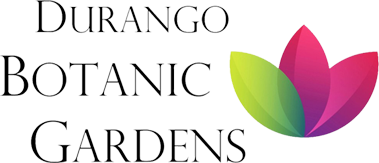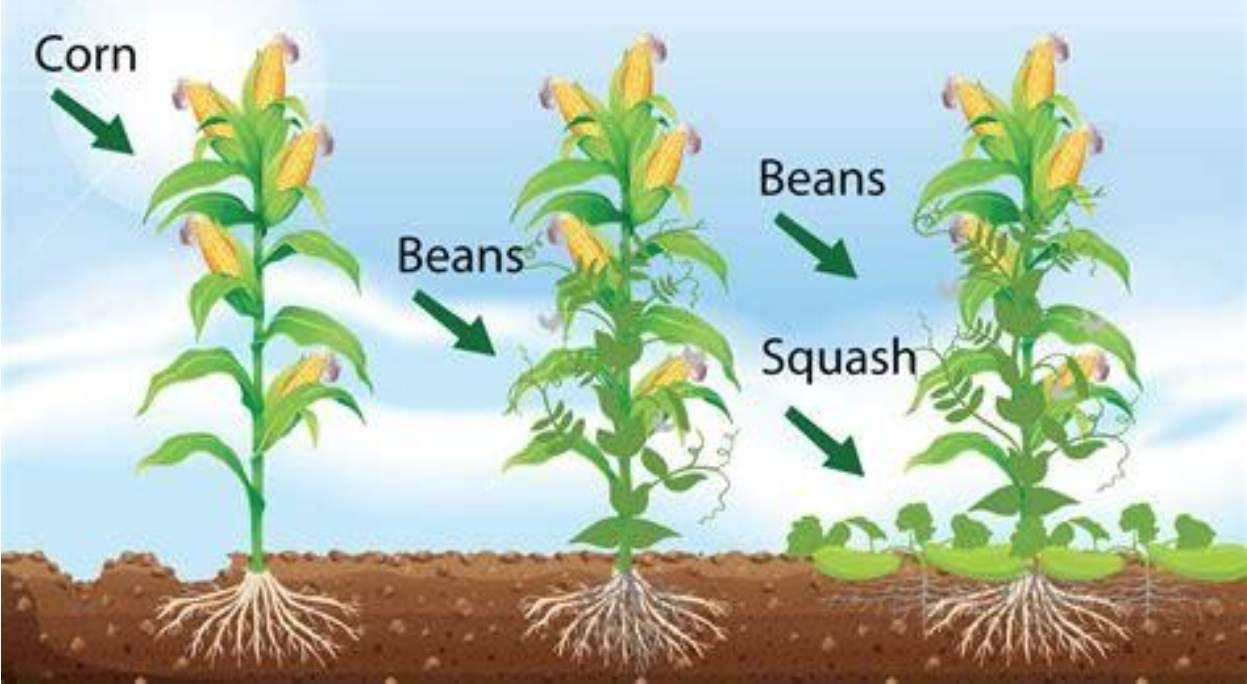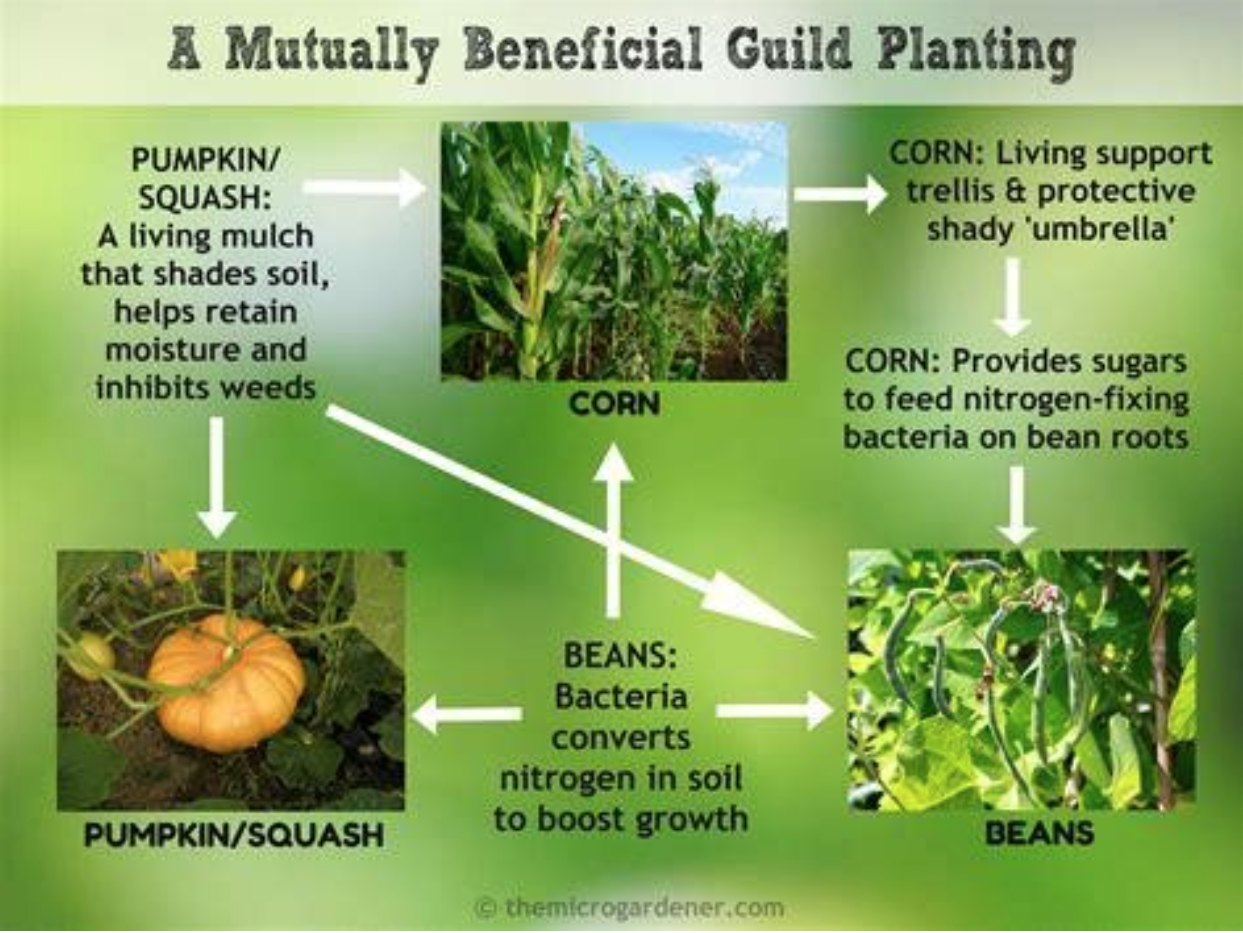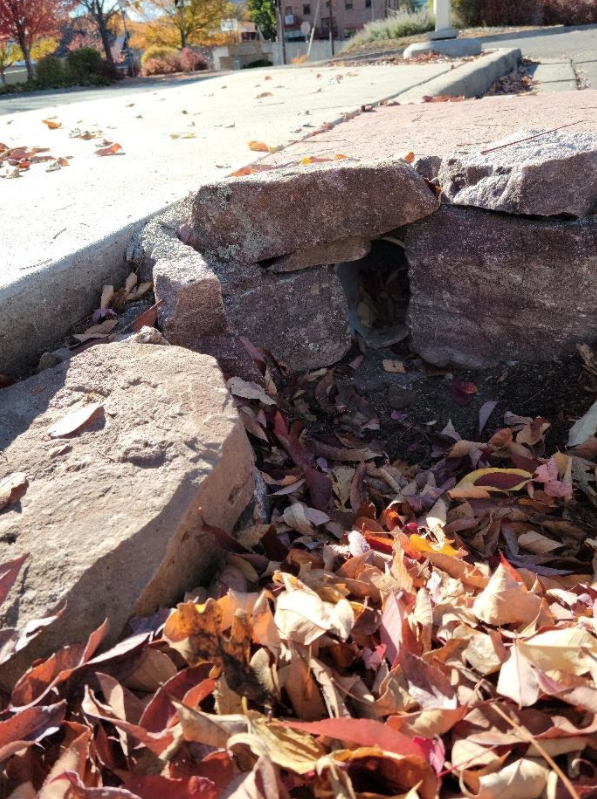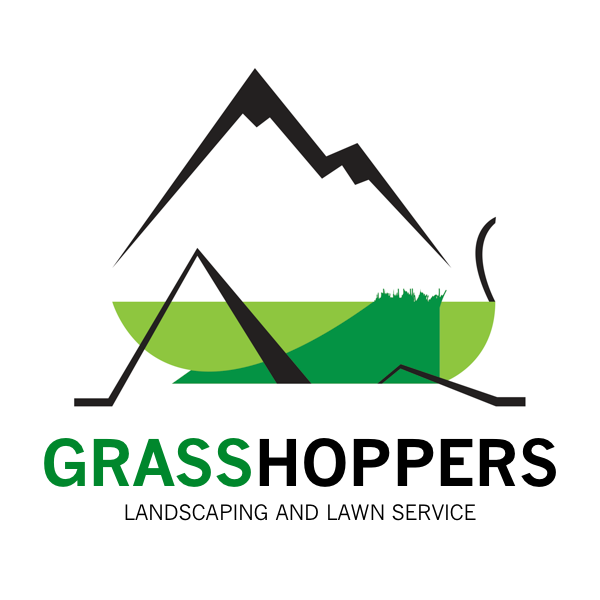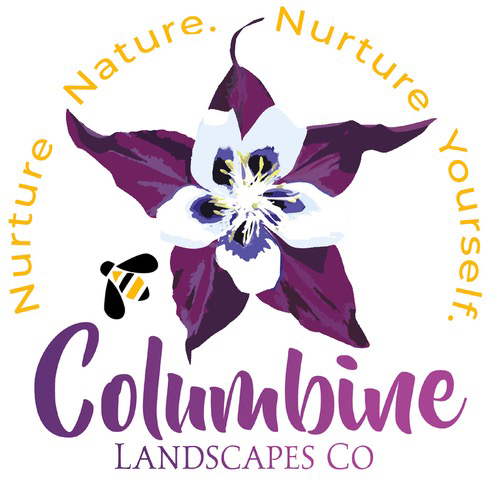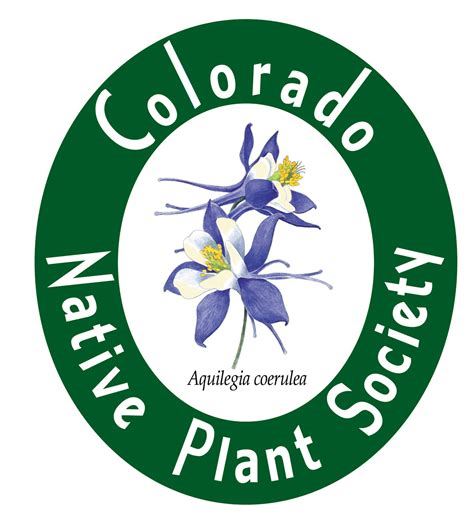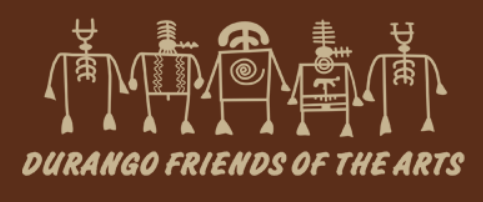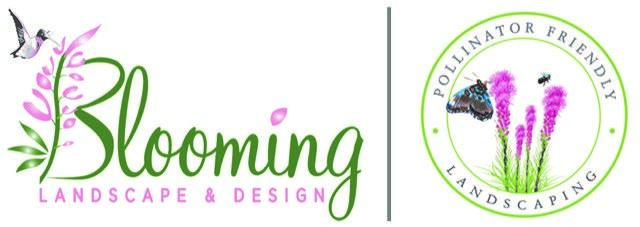- Home
- Indigenous Literary Garden Discovery Points

Discovery Point #1 The 'Three Sisters' of Indigenous GardensIn Indigenous gardens the act of combining or merging the crops of beans, corn, and squash became commonly known as The Three Sisters. This technique is highly efficient and complementary and has been at the center of Native American agriculture and culinary traditions for centuries. This kinship earned the technique its name. In the schematic below, corn provides tall stalks for the beans to climb so that they are not out-competed by sprawling squash vines. Beans provide nitrogen to fertilize the soil while also stabilizing the tall corn during heavy winds. Beans are nitrogen-fixers meaning they host rhizobia on their roots that can take nitrogen, a much needed plant nutrient, from the air and convert it into forms that can be absorbed by plant roots. The large leaves of squash plants shade the ground which helps retain soil moisture and prevent weeds. Source: https://www.nativeseeds.org/blogs/blog-news/how-to-grow-a-three-sisters-garden
Discovery Point #2
|
